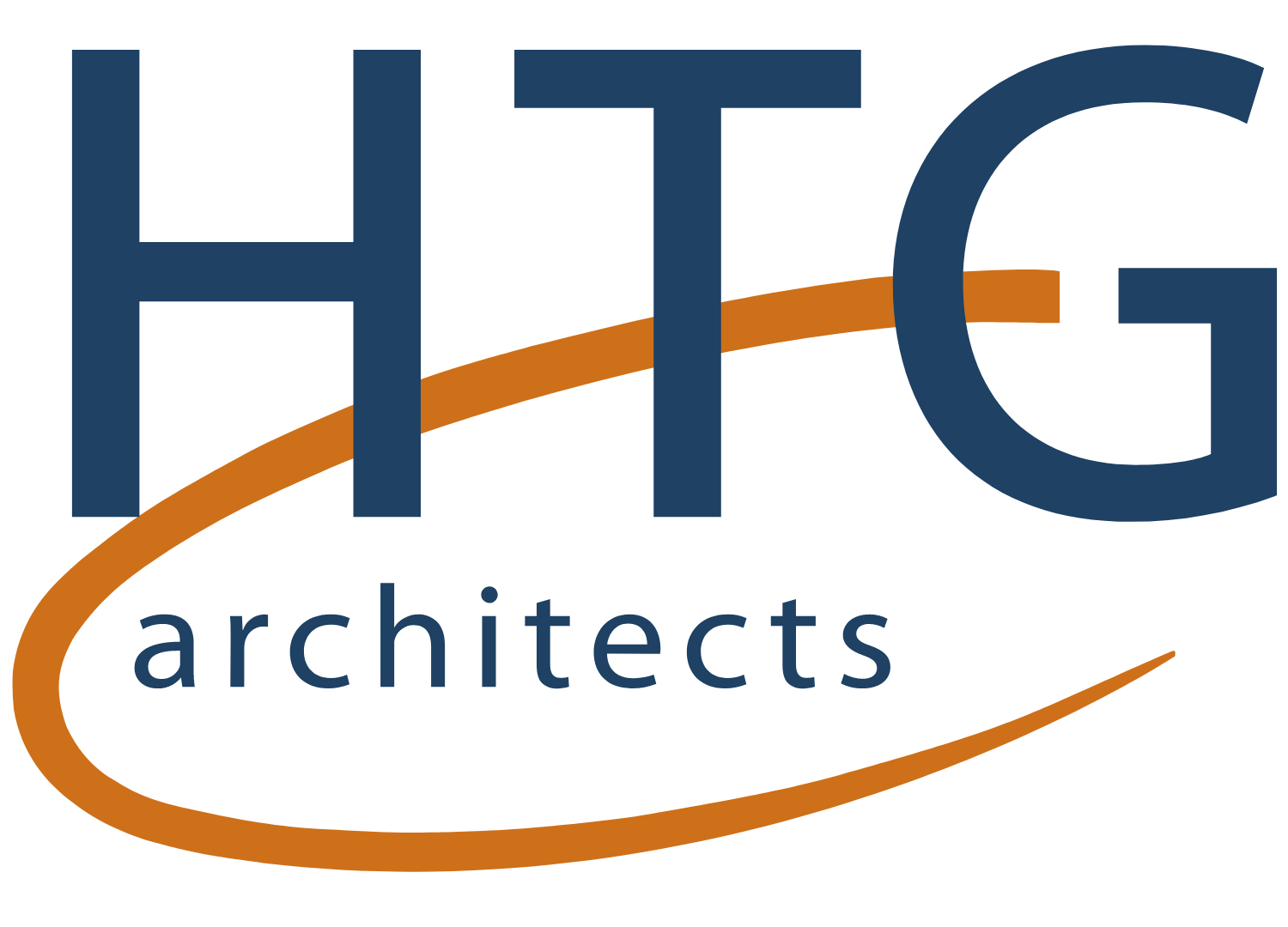Turning Groceries Into Goals
For years, people would peruse the grocery store in Rosemount looking for milk and eggs. Today, all they’ll find there is ice.
The grocery store sat vacant from 2001 through 2008 until a Rosemount hockey dad — who also happened to be a coach, home remodeler and former pro hockey player — decided to put the wheels in motion to turn the space into a mini-rink.
It’s been nearly 15 years since HTG — the architect of the project — helped transform the space. But with more and more opportunities available today for similar projects, HTG Partner Tom Moorse sees The Pond Hockey Training Center as an exceptional example of resourcefulness.
“With a project like this, it’s less money than a new build, and it's typically a much quicker turnaround,” Moorse said. “They reached out to us to see how we could bring their vision to life and to help determine the best layout. But the trick with any of these projects where you're remodeling is that it can become a structural challenge.”
As opposed to a new build with a blank slate, HTG had to navigate obstacles — like how to hold up the existing roof while putting in new beams and columns. While those obstacles added another dimension to the project, the final result proved to be a cost-effective and creative way to bring more ice time to the community.
Thinking Outside the Box
The existing space allowed room for a 145 feet by 65 feet sheet of ice, locker rooms, and a dryland training area. While a standard rink is 180 feet by 80 feet, the smaller sheet at The Pond allows players more puck touches.
The rink was a welcome addition to the community, which was in need of more places for individuals of all ages to skate.
“The mini rinks are actually really good for both youth and adult hockey,” Moorse said. “Especially for the youth, it's more like a real hockey game because you're playing on a sheet of ice that's more appropriately sized for the size of the kids and the skill level. I think the kids really love it.”
Adults seem to love it, too.
Owners of the The Pond noticed that many players from adults leagues — along with parents dropping their kids at practice or a game — were hanging around the rink and socializing with others.
“They got the idea to expand and take over some of the adjacent space and put in a restaurant and bar,” Moorse said. “They can also do birthday parties or events — all these extra things make the rink even more viable because they could offer things besides just the ice. All that added income helps make the whole facility just work better financially, too.”
Finding those opportunities to expand or add additional amenities can also aid in fostering a sense of community. And consulting with a professional right away can be an excellent way to visually see the possibility of turning a dream into a reality.
“When someone reaches out to us about a project like this, we can quickly do a sketch to show them how something might fit,” Moorse said. “Big box buildings make great candidates for projects like this.”
For anyone looking to bring their vision to life, Moorse encourages them to think outside the box and take a look at the resources they already have available.
“When the building and the structure are already there, you're saving time not only on construction, but also approvals and everything else that goes into building a rink,” Moorse said. “It’s certainly a cost-effective solution to building a rink.”
Thinking of building your own rink or looking for a place to start? We have a few ideas on where you can start in this guide.

